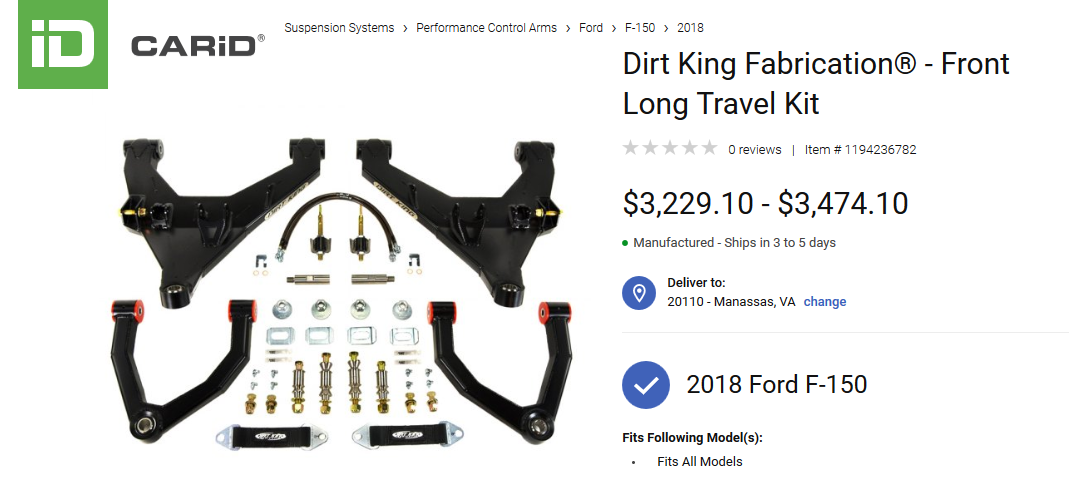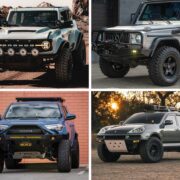Home » Articles » What is a prerunner truck and how to build it right?
What is a prerunner truck and how to build it right?
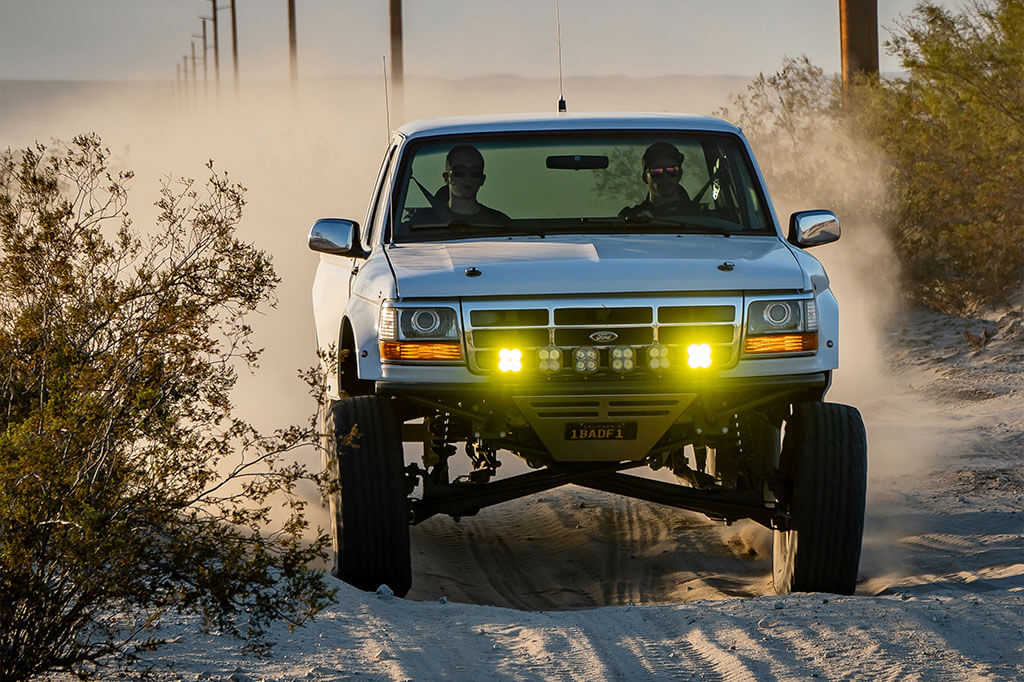
In modern automotive culture, the term “prerunner” refers to a specific style of truck modification that draws inspiration from off-road racing vehicles. These modifications include upgrades that allow the truck to be driven at high speeds across desert terrain. Compared to regular lifted trucks, prerunners prioritize suspension travel and damping over increased ground clearance, as these factors play a crucial role in their performance.
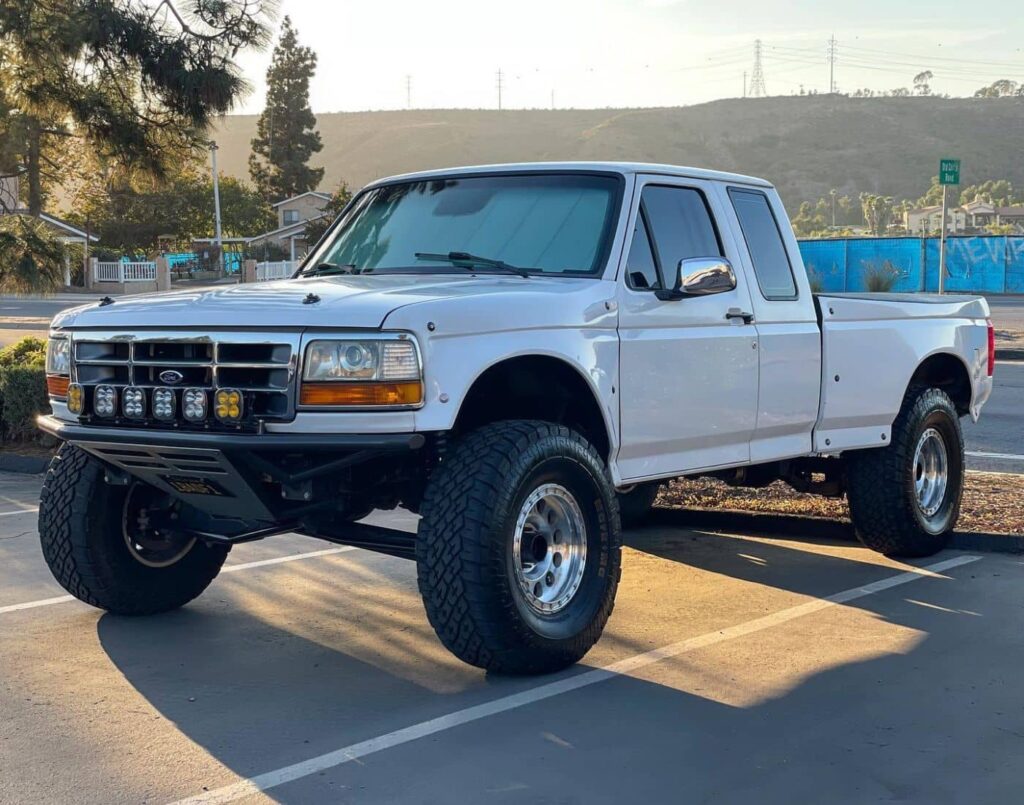
Over the past few years, we have featured dozens of awesome prerunners, both DIY and professionally built, based on compact truck platforms like the Toyota Tacoma, Ford Ranger, and Chevrolet Colorado, as well as more common full-size platforms such as the Chevrolet Silverado, Ford F-150, Toyota Tundra, and Nissan Titan. After speaking with the owners and thoroughly examining the extensive lists of upgrades made to these trucks, we have compiled the following list of modifications that set prerunners apart from other off-road builds:
- Suspension: Most prerunner trucks feature extensive suspension upgrades, including long-travel kits, coilovers (often from King or Fox), bypass shocks, and custom control arms. These modifications significantly increase wheel travel and improve off-road performance.
- Engine: While some builds retain the stock engine (mostly V8s, since they provide sufficient performance), many feature performance upgrades such as cold air intakes, performance exhausts, and ECU tuning. Some builds even swap in larger or more powerful V8s and install superchargers.
- Wheels and Tires: Prerunner trucks typically run large, off-road tires (35″-37″) mounted on beadlock wheels to handle rough terrain and prevent tire de-beading.
- Exterior: Many prerunners feature fiberglass body panels, such as fenders, bedsides and hoods, to accommodate the increased wheel travel and provide clearance for larger tires. Custom front and rear bumpers with integrated skid plates are also common as they improve the approach and departure angles.
- Safety: Full roll cages, often extending from the front to the rear of the vehicle, are a common addition for driver and passenger safety. Racing seats with multi-point harnesses are also frequently installed.
- Lighting: Auxiliary lighting, such as light bars, pod lights, and dust lights, is often added to improve visibility during night runs.
- Interior: Custom center consoles, switch panels, and racing-inspired steering wheels are popular interior modifications.
In conclusion, the most common prerunner truck modifications focus on improving off-road performance, durability, and safety, with an emphasis on suspension upgrades, engine enhancements, and exterior changes to accommodate the demands of high-speed desert running.
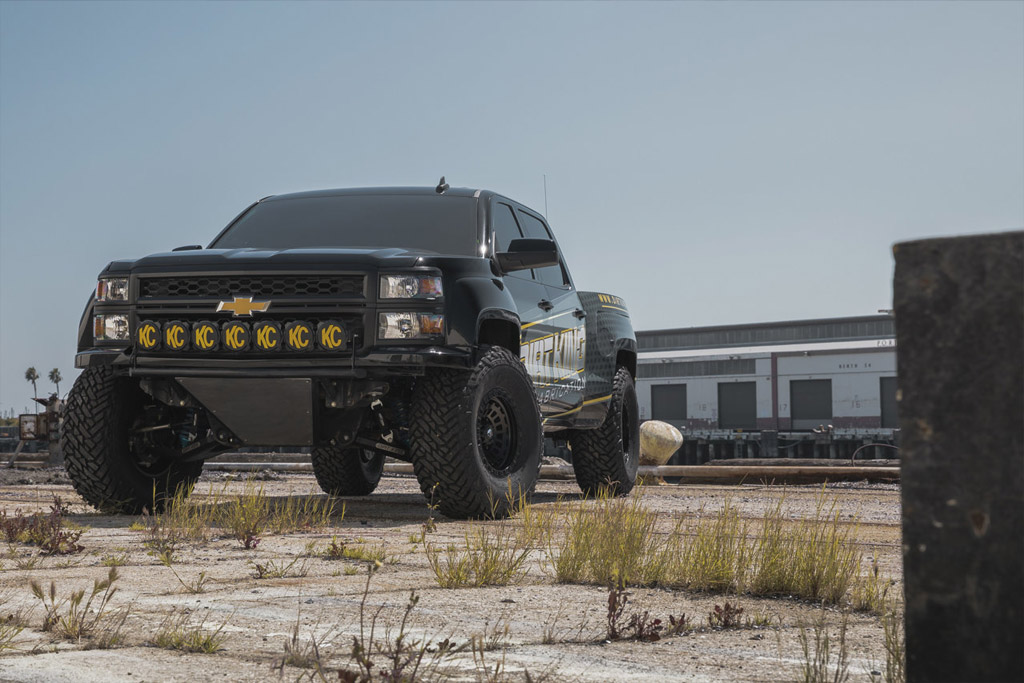
Table of Contents
TogglePrerunner in Offroad Racing
In the context of off-road racing, a “prerunner” is a vehicle, typically a truck or buggy, that has been modified specifically for high-speed off-road driving (often desert terrain). These vehicles are used by racers to pre-run, or test run, the course before competitions, allowing them to familiarize themselves with the terrain and identify potential hazards without risking damage to their primary race vehicle.
While a prerunner may be similar to the actual race truck in terms of design and functionality, it is usually simpler in terms of performance and construction. This simplicity allows for easier maintenance and repairs, as well as lower costs compared to the highly specialized and expensive race vehicles.
Interesting fact: Spence Murray was the first winner of the Baja 1000. He was driving a Rambler American, which was way far from being the fastest truck in the race. Despite this fact, he won the race simply due to getting lost in the desert less than his competitors.
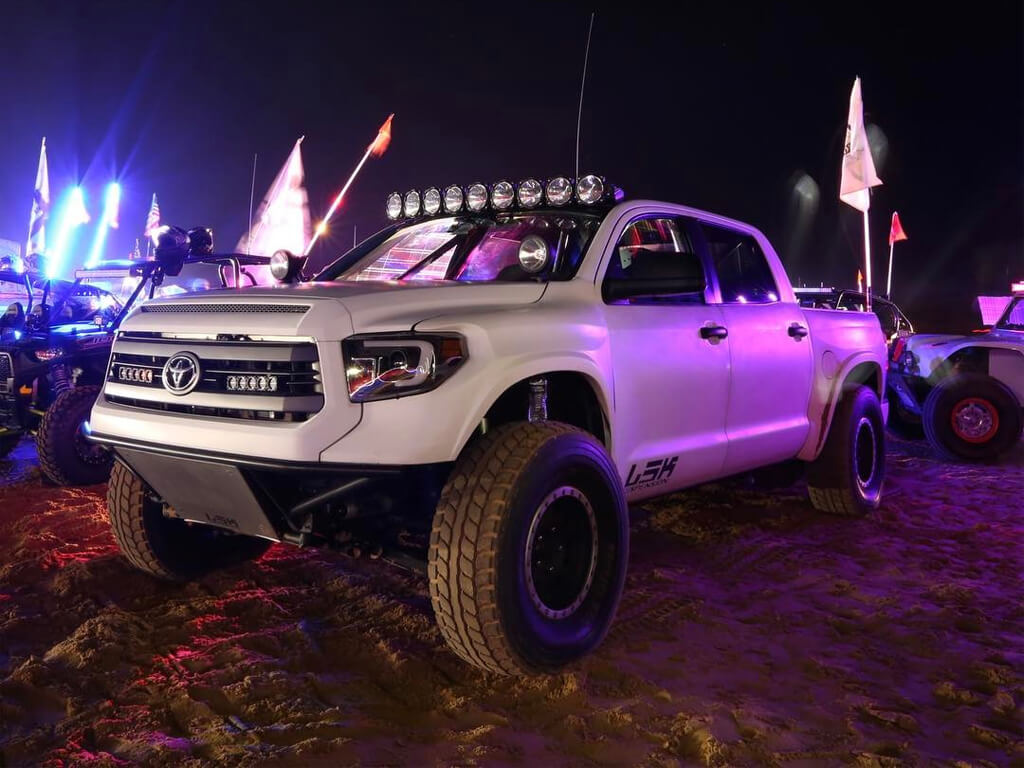
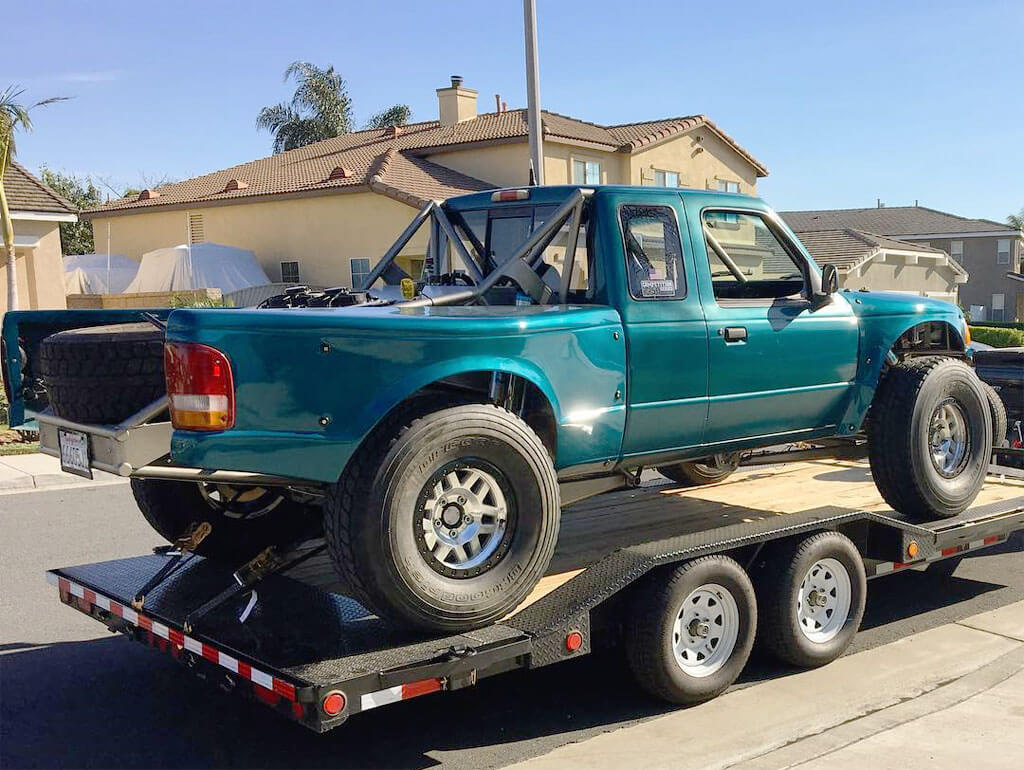
Prerunners in Modern Off-Road Culture
While it may be difficult to pinpoint the exact moment or event that catalyzed the widespread popularity of prerunners in the off-road community, it’s clear that their unique appeal lies in the high-speed, adrenaline-pumping experience they offer.
In contrast to the slow, methodical rock crawling typically done in a Jeep, prerunner trucks offer a completely different kind of thrill. If overlanding can be compared to a classic country song, then desert racing in a prerunner is undoubtedly the off-road equivalent of a rock anthem.
This exhilarating style of off-roading has resonated with a significant portion of the off-road community, particularly those who crave the rush of pushing their vehicles to the limit in challenging conditions. The allure of this fast-paced, high-flying adventure has undoubtedly contributed to the growing popularity of prerunners among off-road enthusiasts.
Common Modifications
We carefully inspected the parts lists on a dozen of various prerunner builds we featured on Offroadium during the last few years. Some of the builds were put together by DIY enthusiasts others built by professional shops. In this section, we summarized the key components used in these trucks and highlighted the brands selected by their builders.
Suspension
The most common suspension modifications include long-travel kits, often with custom control arms, increased wheel travel ranging from 15 to 31 inches, and high-performance shocks. Fox and King shocks were the most frequently used brands, with coilovers (2.5″ to 3.0″ diameter) and bypass shocks (up to 3.0″ diameter) being the most popular options. King shocks were mentioned in 6 out of the 12 builds, while Fox shocks appeared in 2 builds.
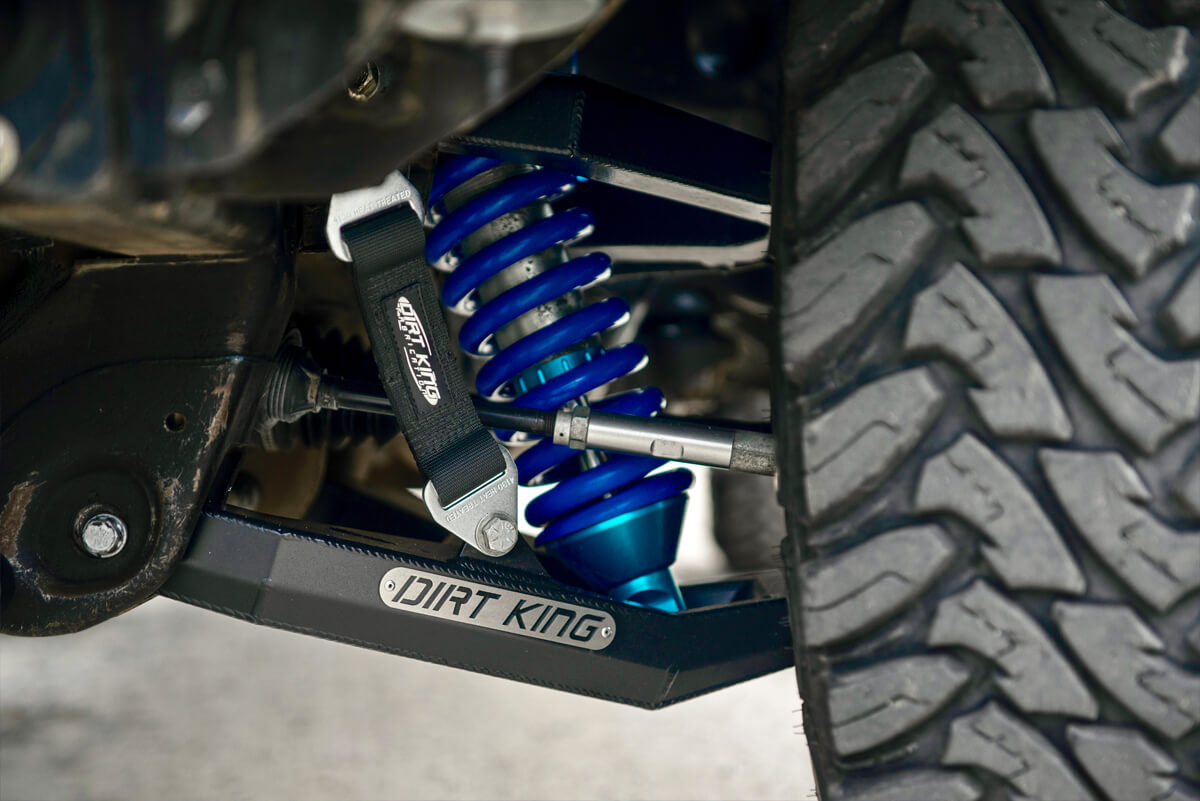
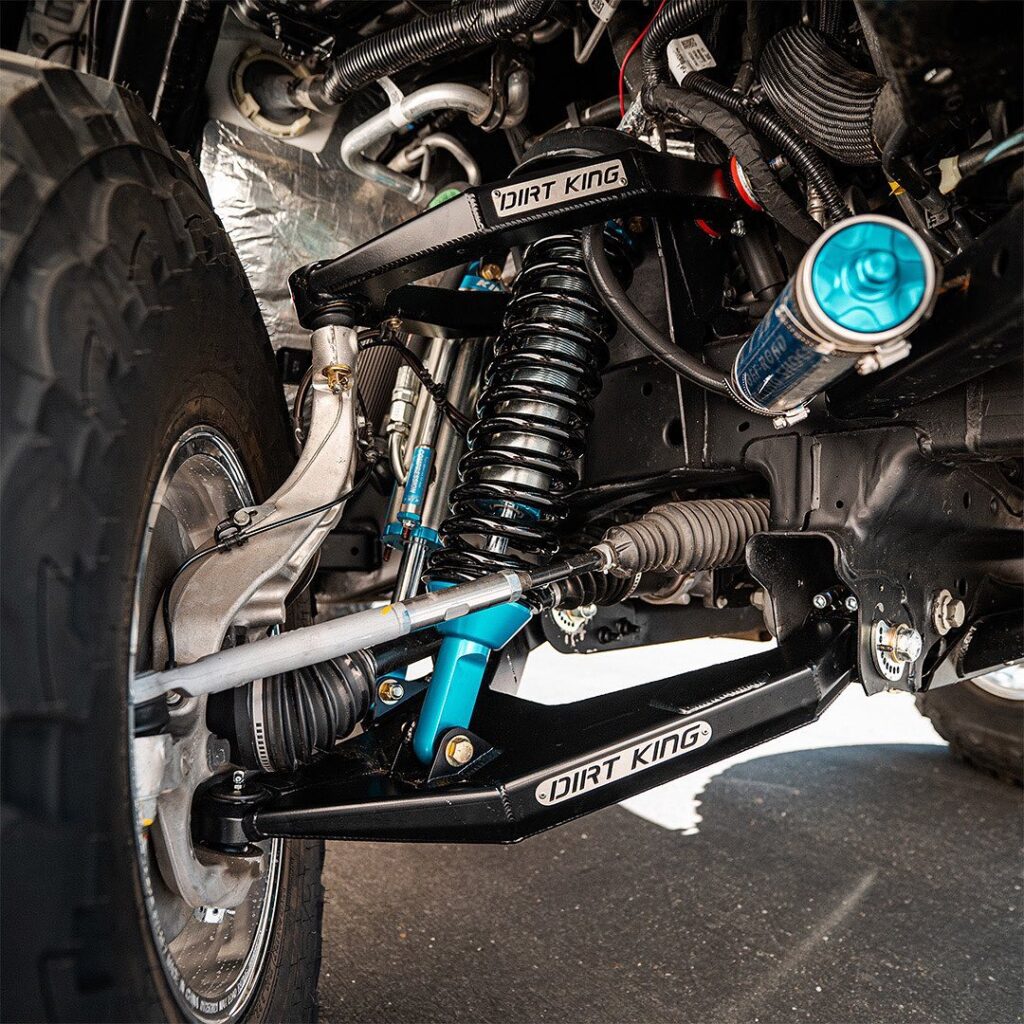
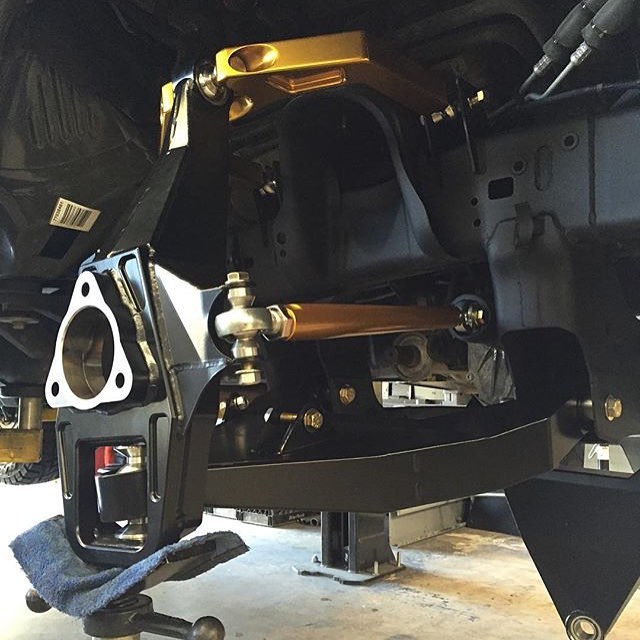
Other common suspension components include:
- Camburg and Dirt King long-travel kits and control arms
- Deaver leaf springs
- Bump stops (1.0″ to 2.0″ diameter) from Fox and King
- Full-floater rear axle assemblies from Currie and Camburg
- Aftermarket hubs (2.25″ to 3.5″) from Camburg, Kryptonite, and Speedway Engineering
Several builds also featured rear bypass shocks mounted through the bed using custom shock hoops or cages. Rear suspension setups varied, with some utilizing leaf springs, while others opted for link-based systems with coilovers and bypass shocks.
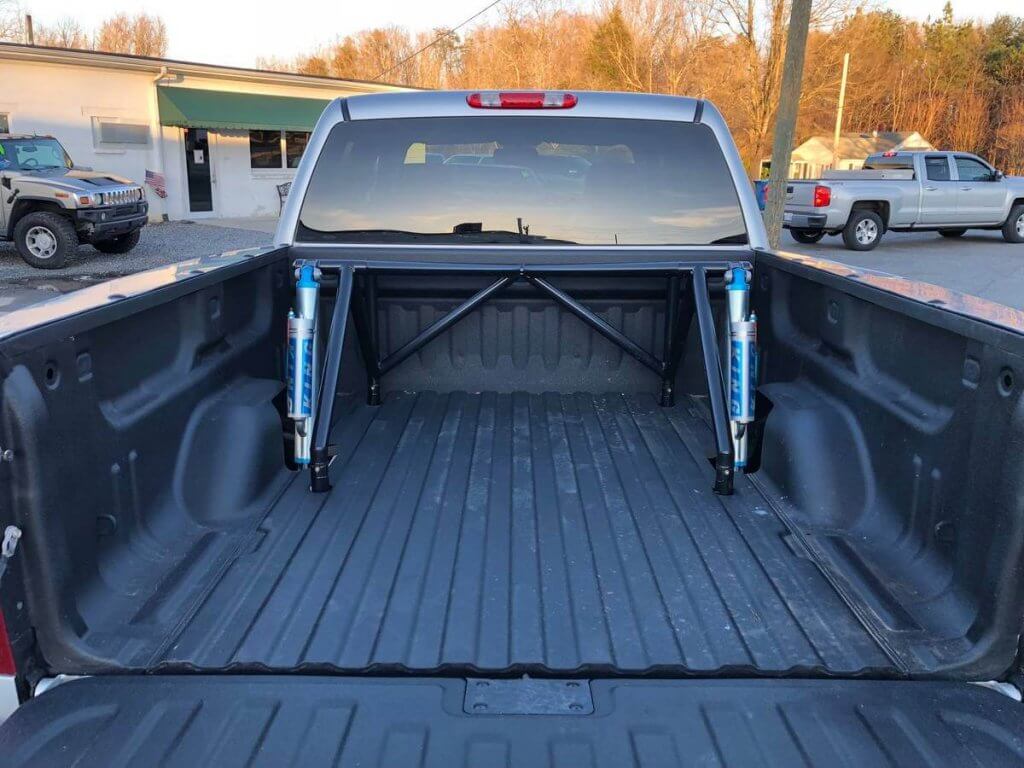
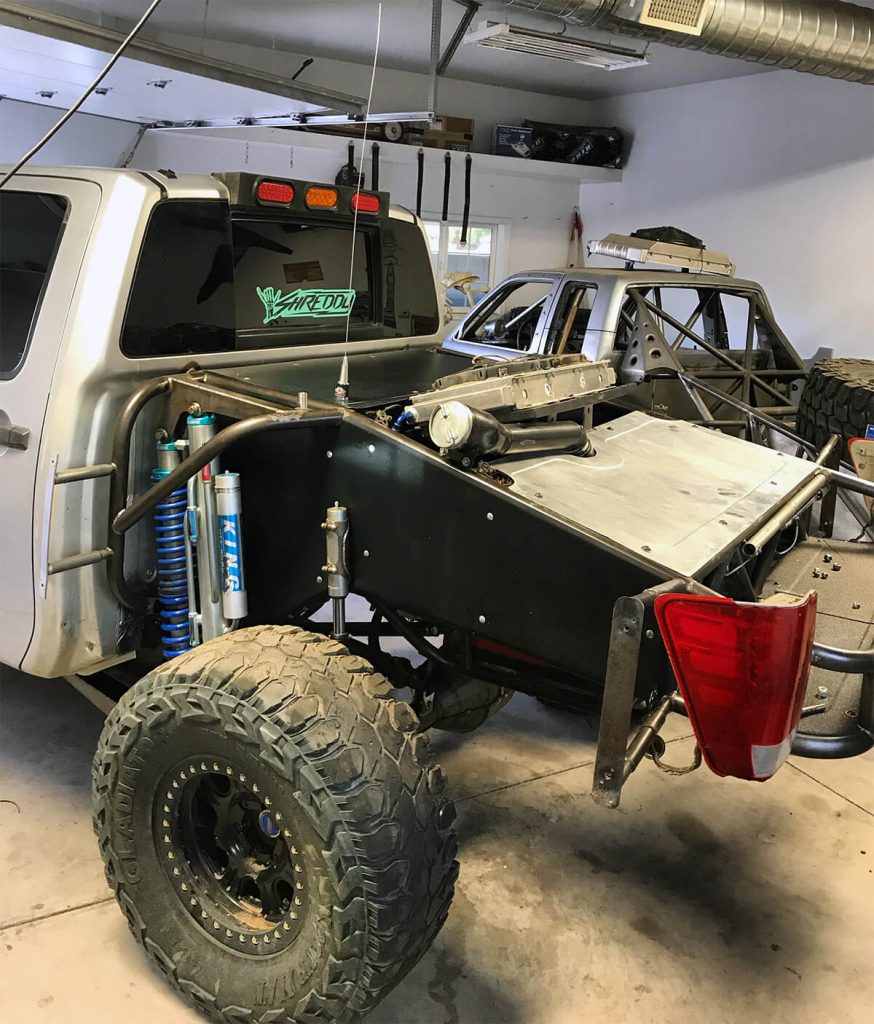
Wheels
Based on the 12 various prerunner builds that we featured on Offroadium, we can conclude that large, off-road tires and beadlock wheels are the most common wheel and tire setup. The tire sizes ranged from 33″ to 39″, with 35″ being the most popular for mid-size trucks and 37″s being a go to choice for the Full-size platforms. The biggest 40″ tires were used on this heavy-duty Chevy 2500HD Duramax prerunner. BFGoodrich was the most frequently mentioned tire brand, appearing in 5 out of the 12 builds. Toyo, Maxxis, General Grabber, and Yokohama were also mentioned, but less frequently.
Beadlock wheels were a common choice, as they prevent tire de-beading under low tire pressure conditions often encountered in off-road driving. The wheel sizes ranged from 15″ to 17″, with 17″ being the most common. The most frequently used wheel brands are:
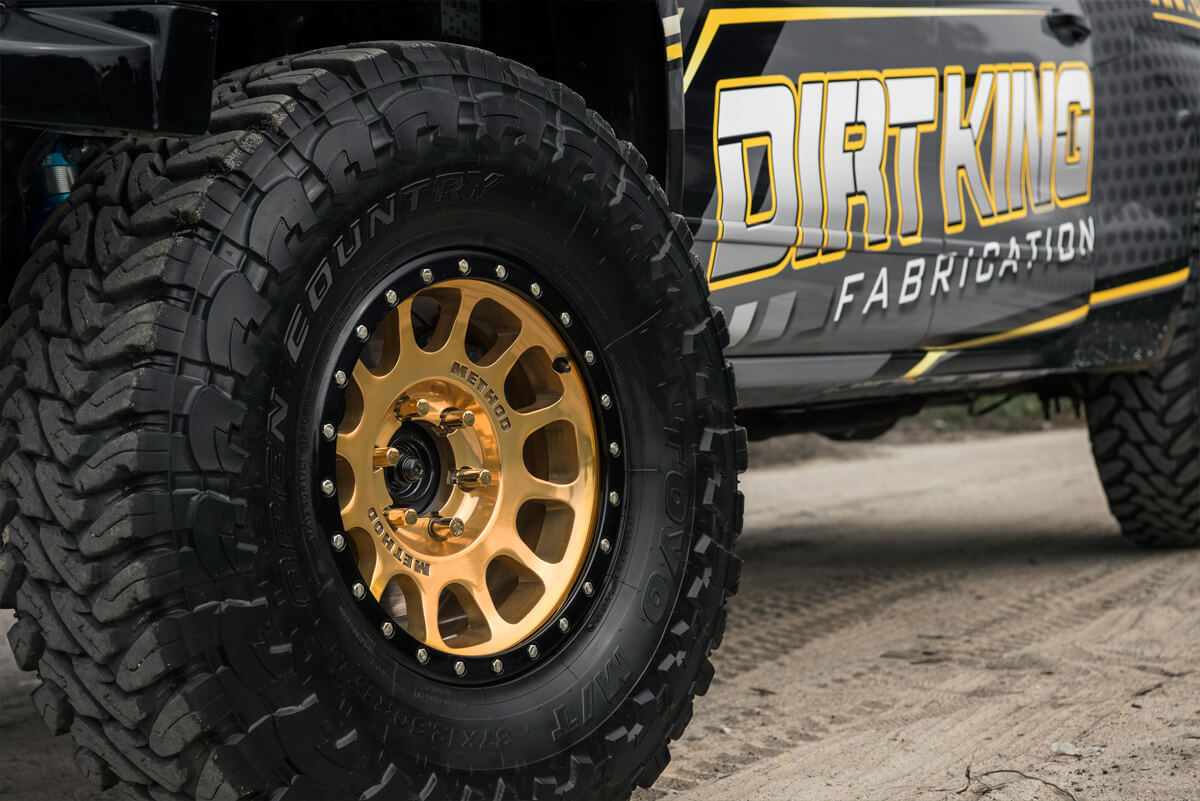
- Method Race Wheels (3 builds)
- Ultra Motorsports
- Walker Evans Racing
- BTR
- KMC
- Alcoa forged aluminum
- Dirty Life
In summary, large, off-road tires (35″ to 37″) mounted on 17″ beadlock wheels were the most common setup, with BFGoodrich being the most popular tire brand and Method Race Wheels being the most frequently used wheel brand.
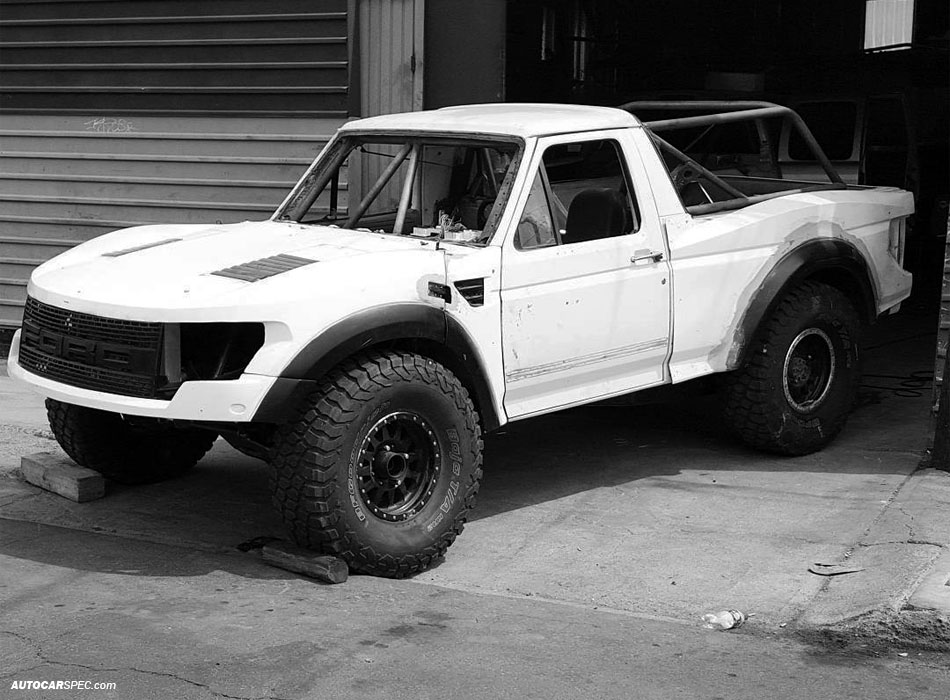
Exterior & Body
The most common exterior modifications include fiberglass body panels, custom bumpers, and auxiliary lighting. Fender flares and bedsides are the most frequently used fiberglass components, designed to accommodate larger tires and increased wheel travel. Autofab and Fiberwerx were the most popular brands for fiberglass parts, appearing in 3 and 2 builds, respectively.
Custom front and rear bumpers were also prevalent, often featuring integrated skid plates and auxiliary lighting mounts. These bumpers were typically fabricated from steel or aluminum and were designed to improve approach and departure angles while providing additional protection.
Auxiliary lighting was another common exterior modification, with LED light bars, pod lights, and spot lights being the most popular options. Baja Designs was the most frequently mentioned lighting brand, appearing in 4 out of the 12 builds. Other lighting brands included KC, GG Lighting, and Rigid Industries.
Other notable exterior modifications included:
- Custom grilles and headlight assemblies
- Roof racks and light bars
- Spare tire carriers and mounts
In summary, the most common exterior modifications for prerunner builds included fiberglass fenders and bedsides, custom steel or aluminum bumpers with integrated skid plates, and auxiliary LED lighting from brands like Baja Designs. These modifications were designed to improve off-road performance, protection, and visibility.
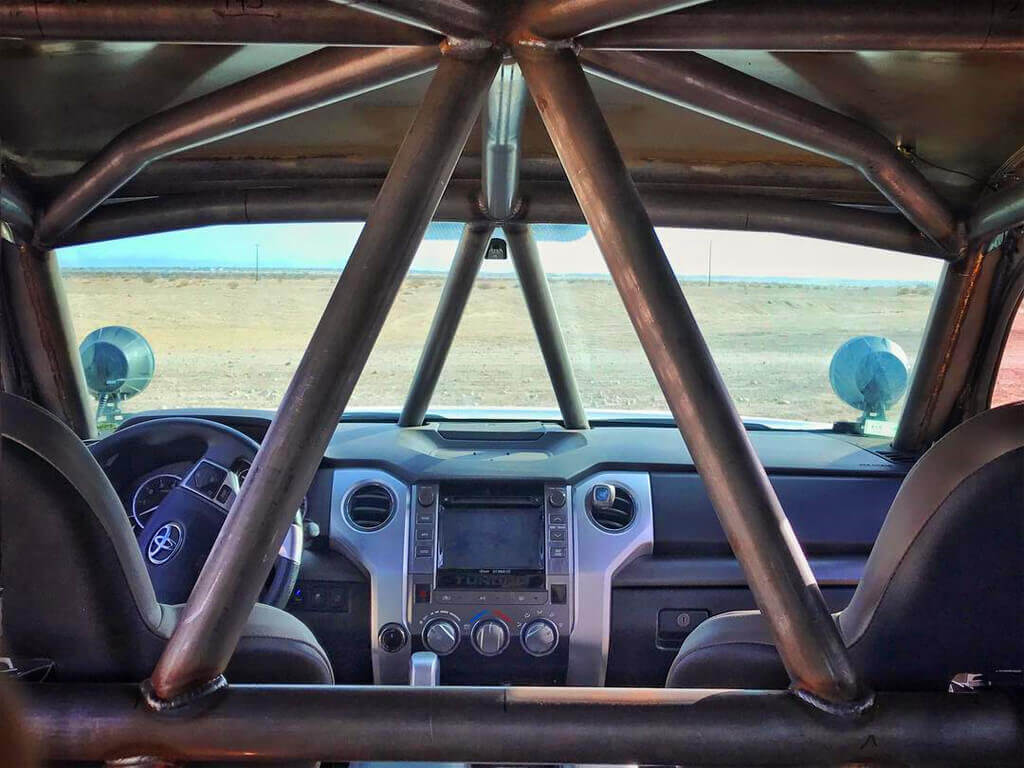
Interior
The most common interior modifications focus on safety, comfort, and functionality. Roll cages are the most prevalent safety feature, with many builds featuring full cages extending from the front to the rear of the vehicle. These cages are typically constructed from DOM or chromoly tubing and are designed to protect occupants in the event of a rollover or collision.
Racing seats and harnesses are another common interior modification, ensuring driver and passenger safety and comfort during off-road driving. Sparco, Mastercraft, PRP, Beard, and Corbeau were among the go to options for seats and harnesses.
Communication and navigation equipment is also frequently installed in prerunner builds. This includes race radios, intercoms, and GPS units from brands such as PCI, Icom, Lowrance, and RacePak.
Other notable interior modifications include:
- Custom center consoles and switch panels
- Aftermarket gauges and dashboard components (e.g., Autometer, Fiberwerx)
- Quick-release steering wheels (e.g., Momo)
- Fire suppression systems
- Interior LED lighting
- Rubber or vinyl flooring for easy cleaning and durability
- Refrigerators and storage solutions for extended off-road trips
In summary, the most common interior modifications for prerunner builds prioritize safety, comfort, and functionality. Full roll cages, racing seats with harnesses, and communication/navigation equipment are the most prevalent features. These modifications work together to create a safe and efficient environment for off-road driving and racing.
The Truck – Which Platform To Choose?
When choosing a truck for a prerunner project, consider the following factors:
- Aftermarket support: Select a truck with a wide range of available aftermarket parts, such as suspension components, body panels, and performance upgrades. Popular choices include Ford F-150, Chevy Silverado, Toyota Tacoma, and Toyota Tundra.
- Wheelbase: A longer wheelbase can provide better stability at high speeds and more room for suspension travel. However, a shorter wheelbase may be more maneuverable in tight off-road situations, think OBS Bronco or a K5 Blazer.
- Engine and drivetrain: Heavily oversized 35-37″ tires literally eat out all the momentum of the engine especially in deep sand. So we recommend choosing a truck with a reliable and powerful engine (preferably a V8 or modern hi-output turbo engines).
- Suspension design: Some trucks have suspension designs that are more conducive to prerunner builds. For example, Ford’s twin-traction beam (TTB) front suspension and Chevy’s independent front suspension (IFS) are popular choices.
- 2WD or 4WD: Prerunner builds can be based on either 2WD or 4WD trucks. 2WD trucks are typically lighter and simpler, making them popular for desert racing and high-speed off-road driving. 4WD trucks offer better traction and versatility, but they may be heavier and more complex to modify. Ultimately, the choice between 2WD and 4WD depends on your intended use and personal preferences.
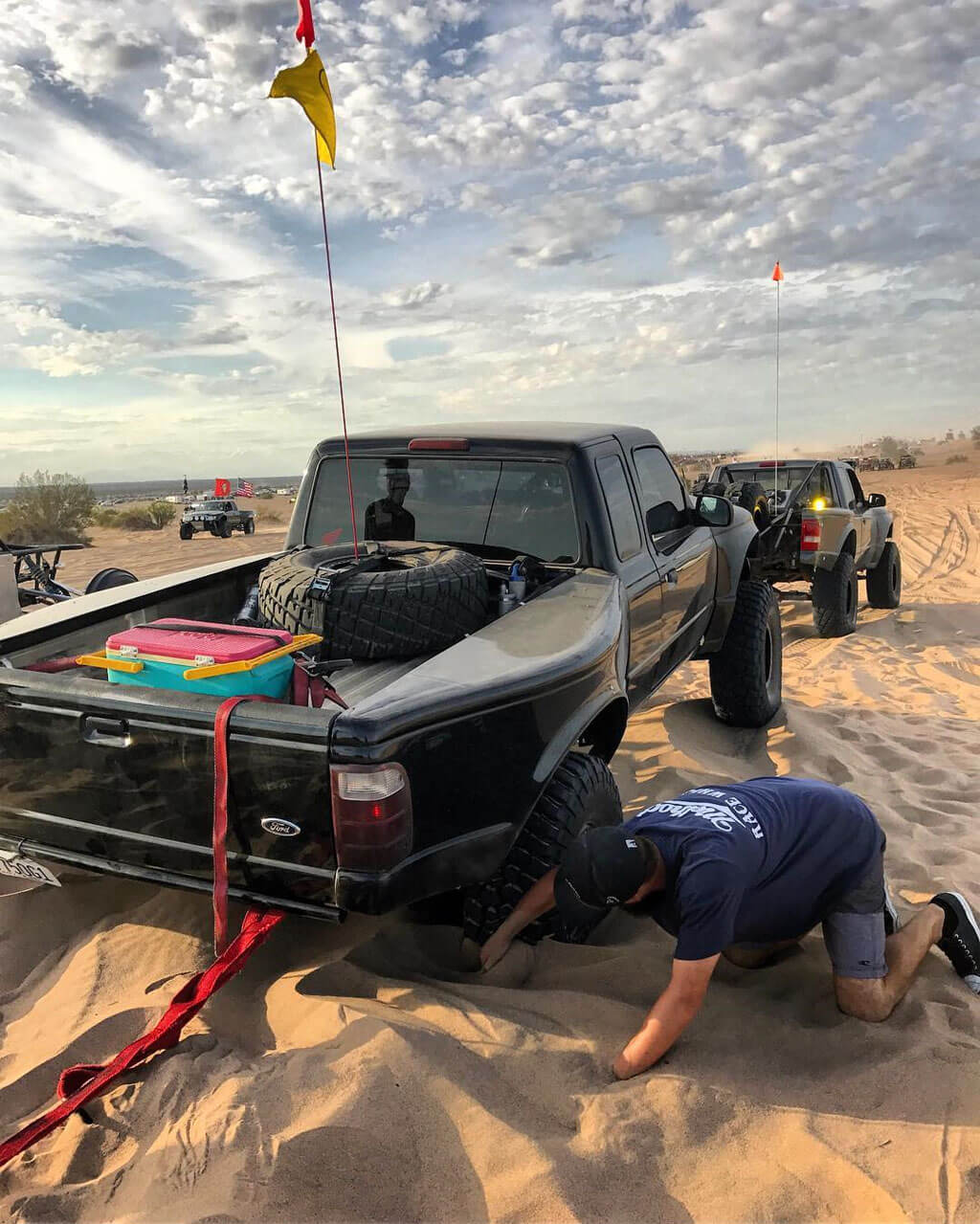
Buy or Build DIY?
Here are the options for getting a prerunner truck for recreational off-roading or amateur competitions:
#1 Order a custom-built truck from a professional shop (For example, [insert shop name or link])
- PROS – You get a safe, reliable, professionally built vehicle tailored to your needs
- CONS – Only available for people with deep pockets
#2 Buy a used prerunner truck (Check our used prerunner listings to get an idea of the cost)
- PROS – You can get a ready-to-use vehicle to enjoy at a fraction of the cost of a custom build
- CONS – The truck may not be tailored to your exact needs and may require repairs or upgrades for worn-out components
#3 Build the truck yourself (DIY) (Read on for an estimate of what’s involved)
- PROS – The build will be fully tailored to your needs, provides a rewarding garage experience, and saves money on labor costs
- CONS – Time-consuming project that requires a solid knowledge base, skills, and resources (you must have the tools, space, and a helping hand)
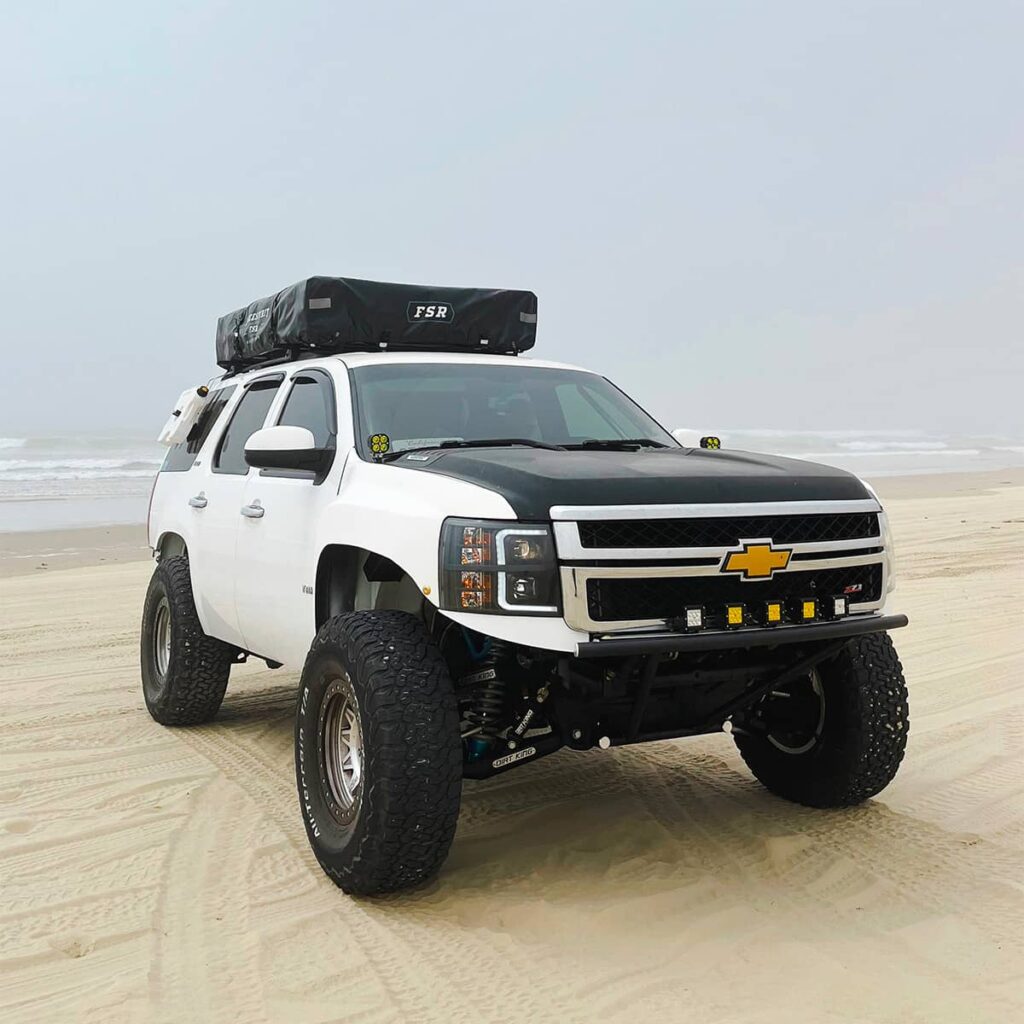
When it comes to the financial aspects of owning a prerunner truck, the costs can vary significantly depending on the route you choose. A custom-built prerunner from a professional shop can easily exceed $100,000, especially if you opt for high-end components and extensive modifications. However, this option provides you with a turn-key vehicle that is ready to tackle any off-road challenge.
If you decide to purchase a used prerunner, prices can range from around $30,000 to $80,000, depending on the vehicle’s condition, modifications, and overall build quality. While this option is more affordable than a custom build, you may need to invest additional funds in repairs or upgrades to ensure the truck meets your specific needs.
Lastly, building a prerunner yourself can be the most cost-effective option, with expenses ranging from $20,000 to $50,000, depending on the platform and the extent of the modifications. Keep in mind that a DIY build requires a significant investment of time, knowledge, and effort, but it also allows you to have complete control over the build process and tailor the truck to your exact specifications.
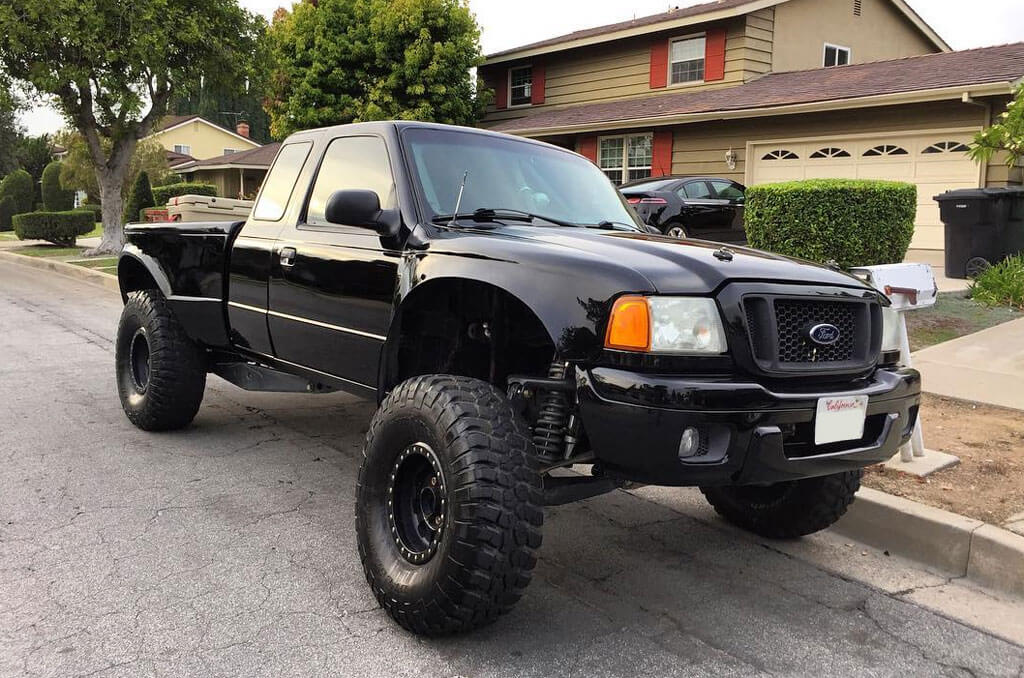
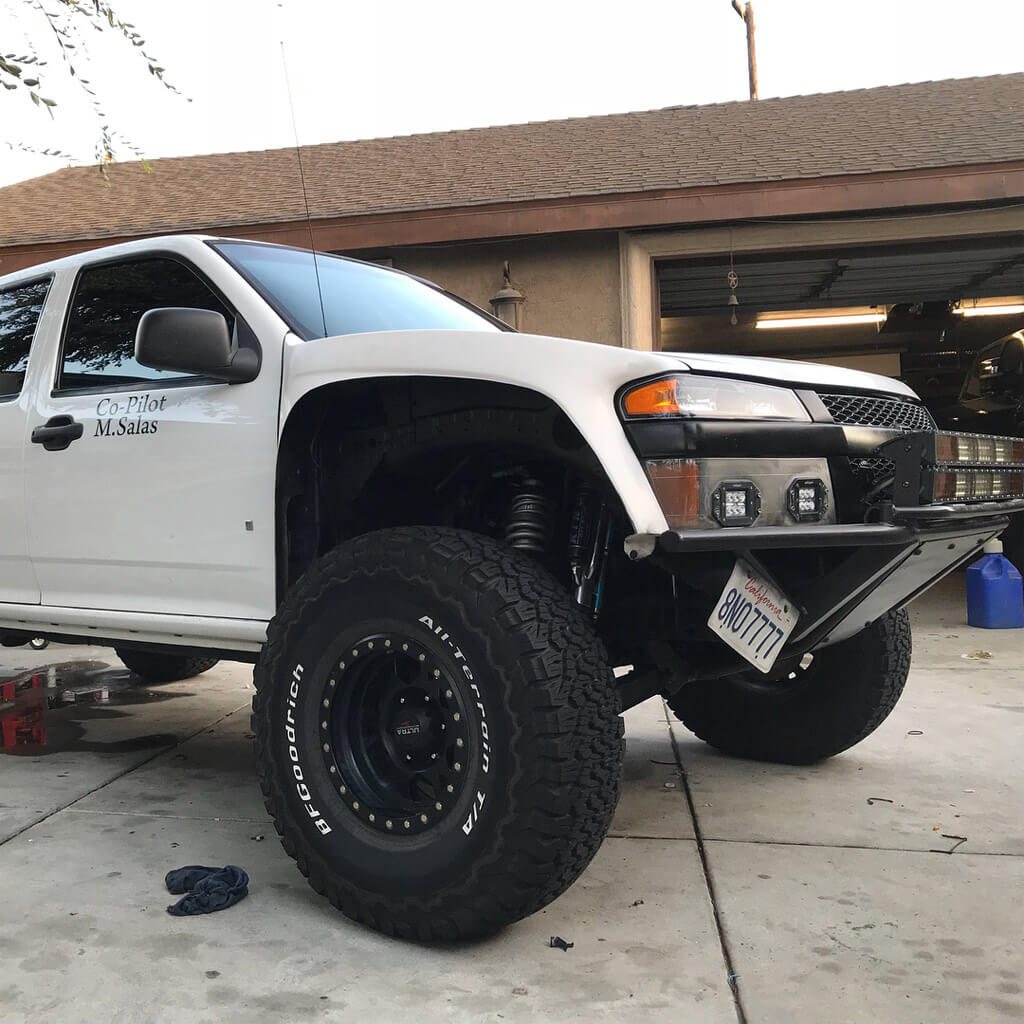
Conclusion
In summary, prerunner trucks have gained popularity among off-road enthusiasts due to their focus on high-speed performance and durability in challenging desert terrain. Prerunners prioritize suspension travel and damping over increased ground clearance, with common modifications including long-travel suspension kits, large off-road tires, beadlock wheels, fiberglass body panels, and interior safety upgrades. Aspiring prerunner owners can choose between custom builds, used vehicles, or DIY projects, each with varying costs and benefits.
Matt is a professional mechanic, experienced off-roader, writer and founder of Offroadium. With over 15 years immersed in the off-road community and 100,000+ miles logged on rugged trails across the Americas, Grabli shares extensive real-world knowledge. He previously worked as an automotive technician before shifting focus to specialty off-road projects. His passion is prepping capable rigs for off-roading and helping others to build the 4x4s of their dreams.

